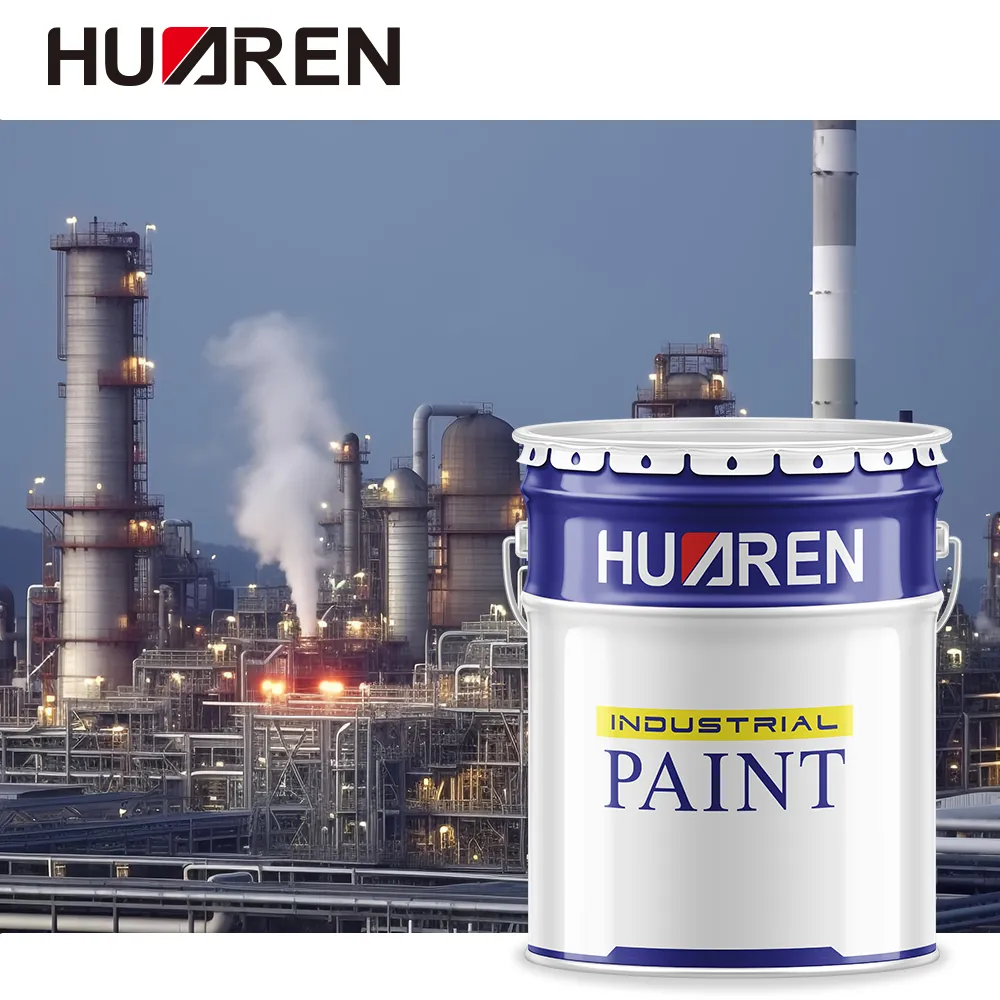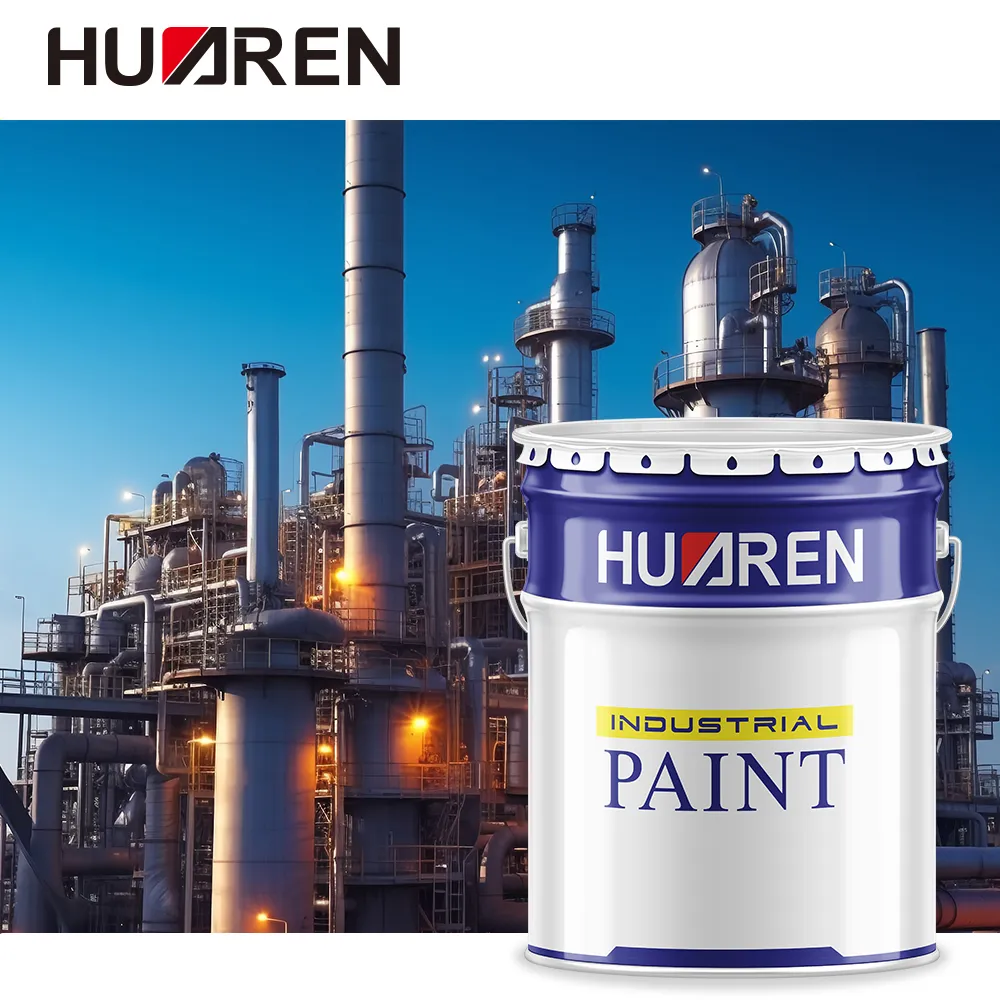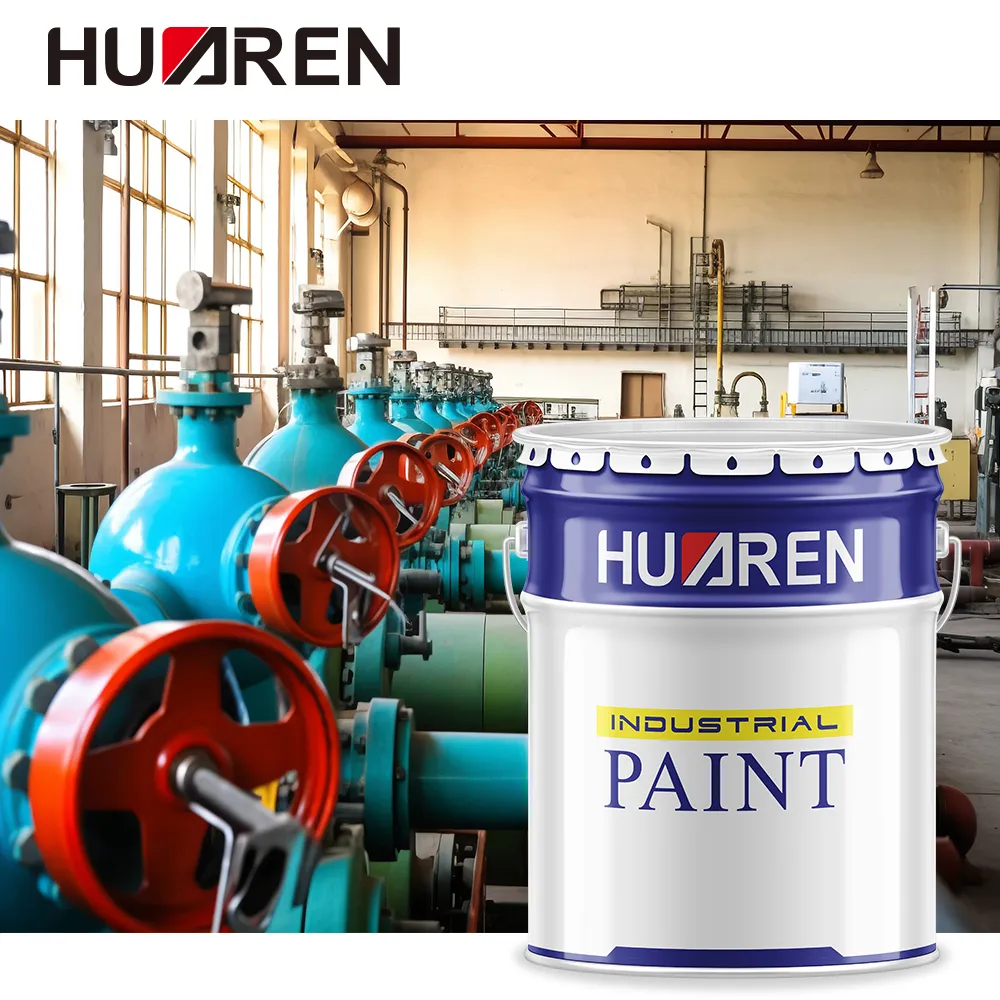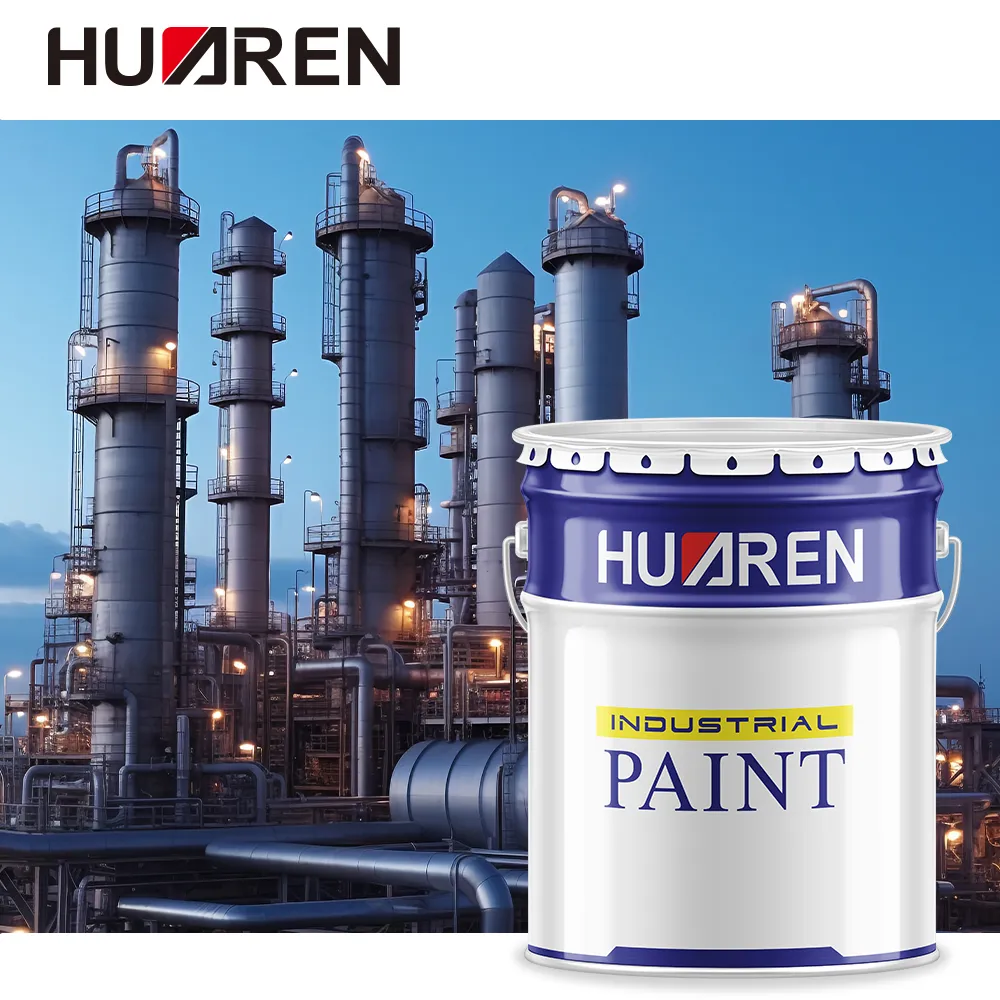Primer plays a vital role in painting projects, especially when dealing with surfaces such as wood and metal. For wood surfaces, especially those with obvious wood grain, many people will consider using high build paint to fill in the wood grain and lay a good foundation for the application of topcoat.
This article will explore whether High Build Primer can effectively fill in wood grain, the mechanism of action of primer, and how to use high fill primer in practical applications to achieve the best results.

What is the role of High Build Primer?
High Build Primer, as the name suggests, is a primer with a higher solid content and thickness. Compared with ordinary primers, it has a higher filling capacity, can effectively cover larger surface unevenness, fill small defects such as dents and scratches, and provide a smoother surface. Its thick coating characteristics make it an ideal choice for treating rough surfaces or paint bases that need to be repaired.
High fill primer is commonly used on metal, wood and some composite materials. It not only provides an even base for the topcoat, but also enhances the adhesion of the topcoat, ensuring a smoother and more beautiful final coating effect.
Can high build primer fill wood grain?
Wood surfaces often have natural grains and unevenness, and the depth and shape of these grains vary depending on the wood species. In some cases, wood grain can become a major challenge during the painting process, especially when you want to achieve a smooth, grain-free surface. The thick coating characteristics of 2k high build primers give them the ability to fill wood grain, but the effect depends on the depth of the wood grain, how the primer is applied, and the application technique.
Challenges of wood grain
Wood grain is a natural characteristic of wood, which appears as fine grooves or irregular textures. These textures may affect the final surface flatness during the painting process, especially when a smooth or high-gloss effect is required. If the wood grain is not properly filled, the effect of the topcoat will be affected, resulting in an uneven surface or pitted marks.

How does high build primer fill?
One of the biggest advantages of high fill primers is their thick coating ability. This type of primer usually has a high solid content, so it forms a thicker coating after drying, which can fill a certain degree of surface defects, including wood grain. However, the filling effect is closely related to factors such as the depth of the wood grain, the number of times the primer is applied, and the construction process.
Wood grain depth:
If the wood grain is very light, high fill primer can usually fill it in one go. However, for deeper wood grain, it may be necessary to apply the primer multiple times or use it in combination with other filling materials such as wood fillers.
Primer application method:
The primer application method will also affect its filling effect. Among the three common application methods of spraying, brushing and rolling, spraying usually forms a more uniform and smooth coating, which helps to better fill the wood grain. Brushing and rolling may leave brush marks or roller marks, which require subsequent sanding to achieve a smooth effect.
Sanding:
For the best filling effect, sanding is usually required after applying high build paint. Sanding can remove excess primer and level the surface, while further filling in wood grain details and ensuring a smooth surface.
What are the steps for using high build primer?
When using high build primer to fill wood grain, the steps and construction methods are very important. Here are the detailed steps for filling wood grain with high build primer:
Surface preparation
Before applying primer, you must ensure that the wood surface is clean, dry and free of any dust, oil or impurities. Any impurities will affect the adhesion and final effect of the primer.
● Clean the wood: Use a damp cloth or a special cleaner to remove dust and stains from the wood surface. Make sure there is no oil, wax or other substances that affect adhesion on the surface.
● Sand the surface: Use fine sandpaper (such as 180 to 220 grit) to gently sand the wood surface to remove the rough parts of the surface and make the wood grain more visible. This will help the primer fill the wood grain better.
Apply primer
When applying 2k high build primer, you can choose to brush, roll or spray. For best results, spraying is recommended because spraying ensures an even and smooth coating.
● First coat of primer: Apply a thin coat of primer to get into the wood grain and fill in fine texture. The purpose of this coat is to ensure that subsequent coats can adhere better and to start filling in the wood grain.
● Second coat of primer: After the first coat of primer is completely dry (usually several hours, depending on the type of paint and ambient temperature), apply the second coat. This layer can be slightly thicker to further fill in the wood grain and surface irregularities.
● Third coat of primer (if necessary): If the wood grain is dark or the previous primer was not completely filled, you can apply another coat of primer.
Sanding
After applying the primer, the surface needs to be sanded. Sanding can remove excess primer and make the surface smoother and flatter.
● Use fine sandpaper: It is usually recommended to use fine sandpaper with a grit of 320 or above for sanding to ensure that the primer layer is not damaged.
● Sand lightly: Be gentle when sanding to ensure that the surface is flat and do not remove too much primer, especially in the areas that fill in the wood grain.
Check the surface
After sanding, check the surface by touching it or using a light to make sure the wood grain has been filled. If you find that there are still small wood grains or uneven areas, you can continue to add a layer of primer and repeat the sanding steps until the surface is in the desired state.
Apply topcoat
When the primer layer is completely dry and sanded, you can start to apply the topcoat. The topcoat not only provides the final color and gloss, but also provides additional protection for the bottom layer.

Comparison of high build primer with other filling materials
Although high build paint can effectively fill wood grain, other filling materials, such as wood fillers or gap fillers, may be more suitable when dealing with particularly deep wood grains or requiring fine filling. The following is a comparison between high build primer and other commonly used filling materials:
● High build primer: suitable for filling medium-depth wood grains, with the characteristics of easy application and fast drying, it is usually used for surface treatment of larger areas.
● Wood filler: used to fill deeper wood grains or cracks, especially when repairing wood defects. Usually requires hand filling and takes a long time to dry.
● Gap filler: This material is designed to fill tiny cracks and fine lines, suitable for delicate work. It is usually used before primer to ensure that the wood grain is completely filled.
What are the advantages and disadvantages of high build primer?
Advantages of high build primer:
● Good thick coating performance: It can effectively fill wood grain and surface unevenness.
● Strong adhesion: It provides an excellent base for the topcoat and increases the durability of the coating.
● Versatile: Not only suitable for wood, but also can be used on other surfaces such as metal and plastic.
Disadvantages of high build paint:
● Limited ability to fill deep wood grain: For deep wood grain, multiple applications may be required, or it may be used in combination with wood filler.
● Sanding required: Sanding is usually required after primer application for optimal smoothness.


